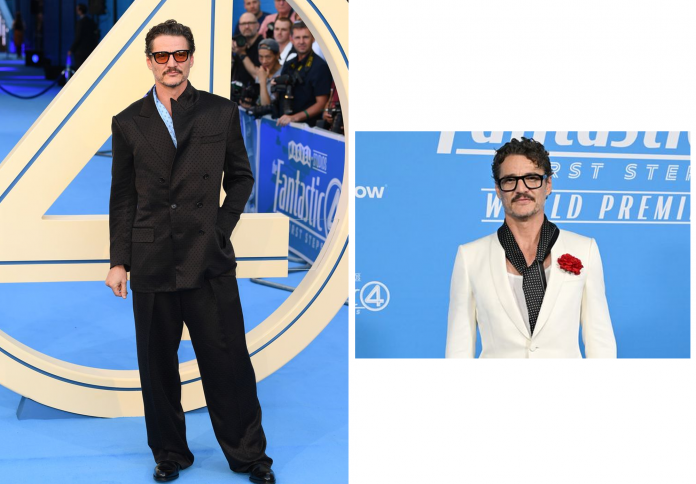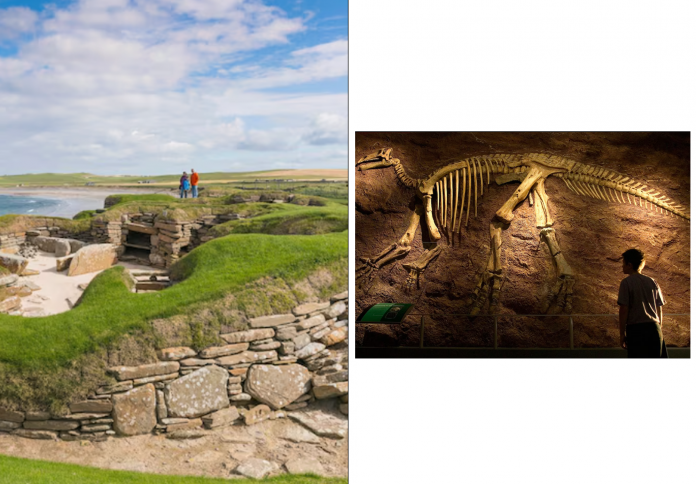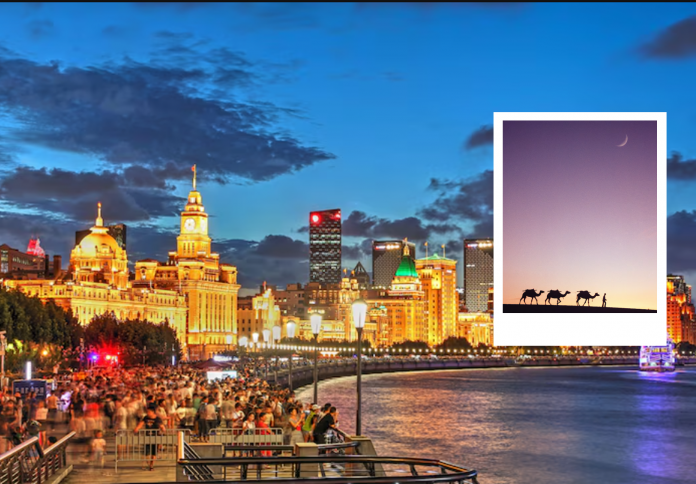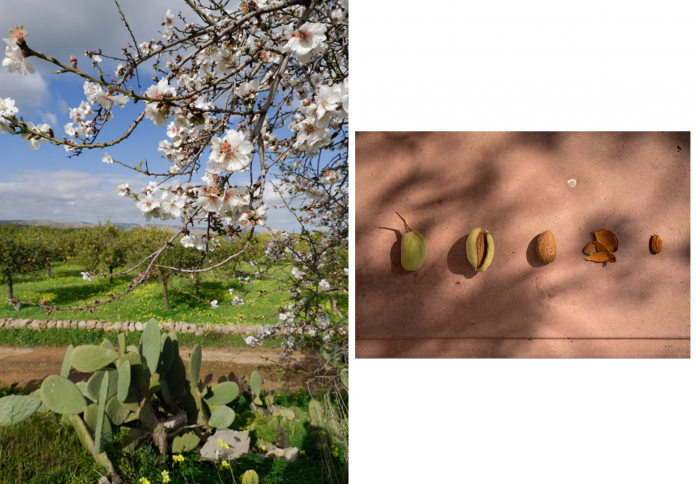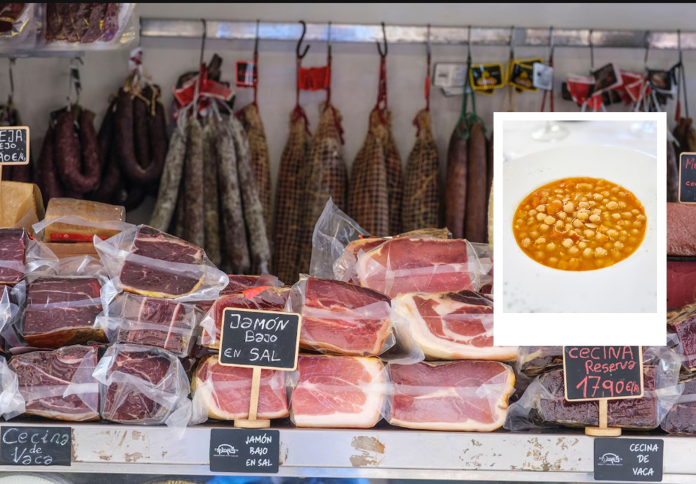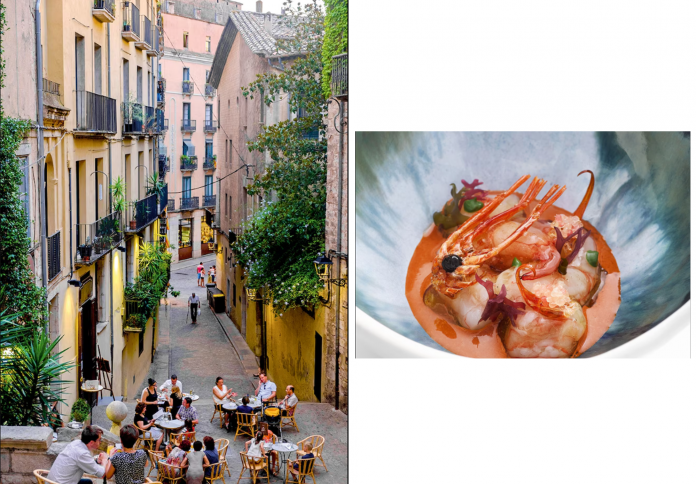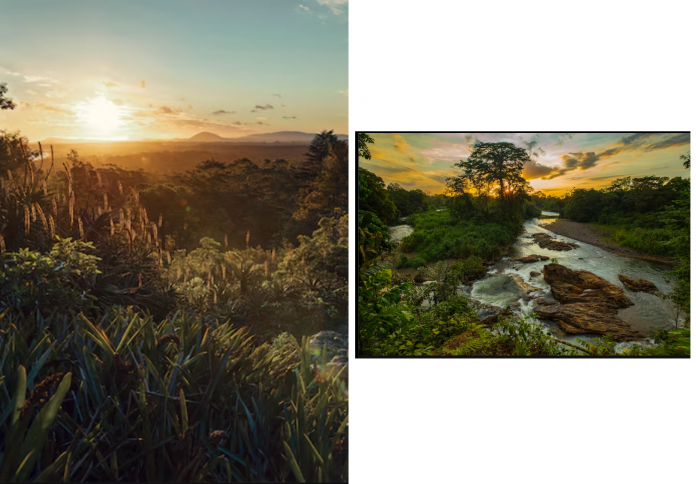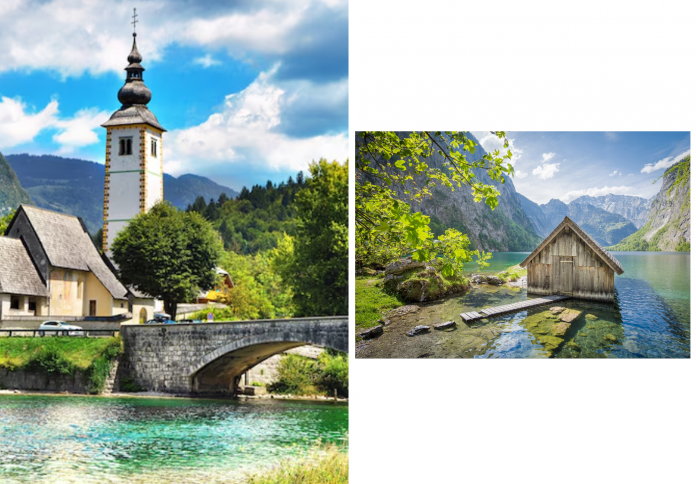At the world premiere of The Fantastic Four: First Steps, Pedro Pascal delivered a masterclass in refined eccentricity. Dressed in a Tom Ford dinner jacket reimagined by Haider Ackermann, he stepped out in a look that felt timeless yet offbeat, pristine yet deliberately human. With a polka-dot scarf draped like a cravat and a single red carnation tucked into his lapel, Pascal offered more than elegance—he offered narrative. In doing so, he continued his transformation from Hollywood’s internet boyfriend into its most compelling fashion romantic.
A classic suit with a poetic twist
Pascal’s look for the Los Angeles premiere was rooted in classic menswear: a sharp ivory dinner jacket, tailored to frame but not restrict. But the traditional foundation was immediately subverted. Instead of a buttoned shirt, he wore a white ribbed tank—a casual gesture that whispered defiance beneath the polish. Around his neck, a black silk scarf with micro polka dots was looped softly, recalling both Old Hollywood charm and bohemian disobedience.
Then there was the flower: a vivid red carnation, delicately pinned. It didn’t scream symbolism, but it carried it—romanticism, nostalgia, maybe even homage. Altogether, the look felt less like dressing and more like storytelling. Every element, though quiet, was curated to invite a closer look.
A consistent thread through the press tour
Across premieres and photocalls in New York, London, and Berlin, Pascal continued his collaboration with stylist Julie Ragolia and designer Haider Ackermann, leaning heavily into Ackermann’s vision for Tom Ford. But there were no repetitions—each outfit played a new note in the same fashion symphony.
In London, he wore a polka-dot double-breasted suit layered over an ice-blue scarf that mimicked a tie, while in Berlin, he chose a softer silhouette: a flowing cream shirt with exaggerated lapels and tapered trousers in muted silk. What bound the looks together was their refusal to obey rigid codes. Each suit was precisely tailored, but relaxed. Each scarf hinted at formality, only to disrupt it.
This was not fashion as performance. It was fashion as confidence, shaped by an actor who understands presence better than spectacle.
References with restraint
The red carnation was not just decorative. It was a deliberate echo of Harrison Ford’s white tuxedo in Indiana Jones and the Temple of Doom—a subtle nod, not a costume. Pascal has acknowledged this reference in interviews, but what made the gesture land was its lightness. Nothing about it felt theatrical. It was memory sewn into cloth.
Likewise, the tank top was more than just a comfort choice—it gestured toward working-class masculinity, stripped of pretense. The contrast between this casual base layer and the elevated tailoring created friction that felt contemporary, even progressive. It’s the kind of contradiction that doesn’t ask for approval, but earns admiration.
Through these decisions, Pascal proved that references don’t need to shout. They just need to hum in the right frequency.
The new masculinity is tender and tailored
Pedro Pascal’s style evolution is a lesson in modern masculinity. He embraces softness without surrendering structure. He takes risks, but never postures. His clothing tells stories, but never explains too much. That restraint is rare—and it’s powerful.
In the superhero film he stars in, Pascal plays a genius who stretches himself into impossible shapes. On the red carpet, he does the same—stretching what men’s fashion can be. Not louder. Just smarter. Not sharper. Just more emotionally precise.
And perhaps that’s why this red carpet moment, like so many of Pascal’s recent appearances, lingered long after the flashbulbs faded. It wasn’t about trend. It was about tone—measured, poetic, and completely his own.
